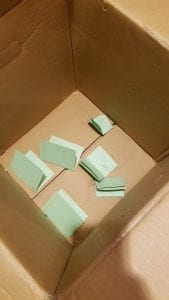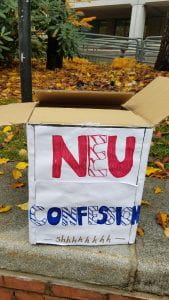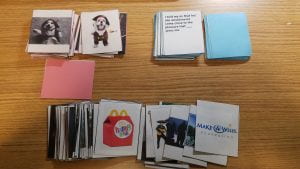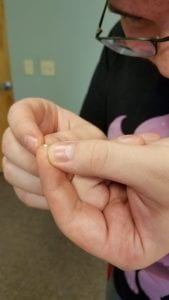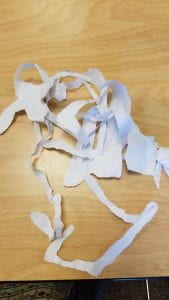LIFE: Asian-American Version stems from my personal background growing up as an Asian-American, along with the stereotypes and traits that come along with it. Growing up, playing the board game LIFE was fun, however taking a second look at the game, the inconsistencies of it versus real life were great. LIFE was intended to be casual and aimed to convey rules among the “middle-upper class” (players would start with cars, college would guarantee a larger salary, the goal is to happily get married and buy a house). My version of LIFE:AAV, attempts to recreate a scenario nearly identical to the life I experience first-hand (one has to pay rent, pay for child expenses, and most importantly deal with strict Asian parental expectations).
Unlike the actual game of LIFE, I’ve changed it where the players start off as siblings under the same Asian-American family. It is also a co-op game (represented through the differences between American culture where individualism is key and success is through achieving the most money, against Asian culture where familial bonds are everything and members stick together through thick and thin). The goal of the game is to survive and make it through life together under the same family, while maintaining the familial bonds (or in this case “disownment” otherwise). The players lose when all of those bonds are broken or when they all run out of money.
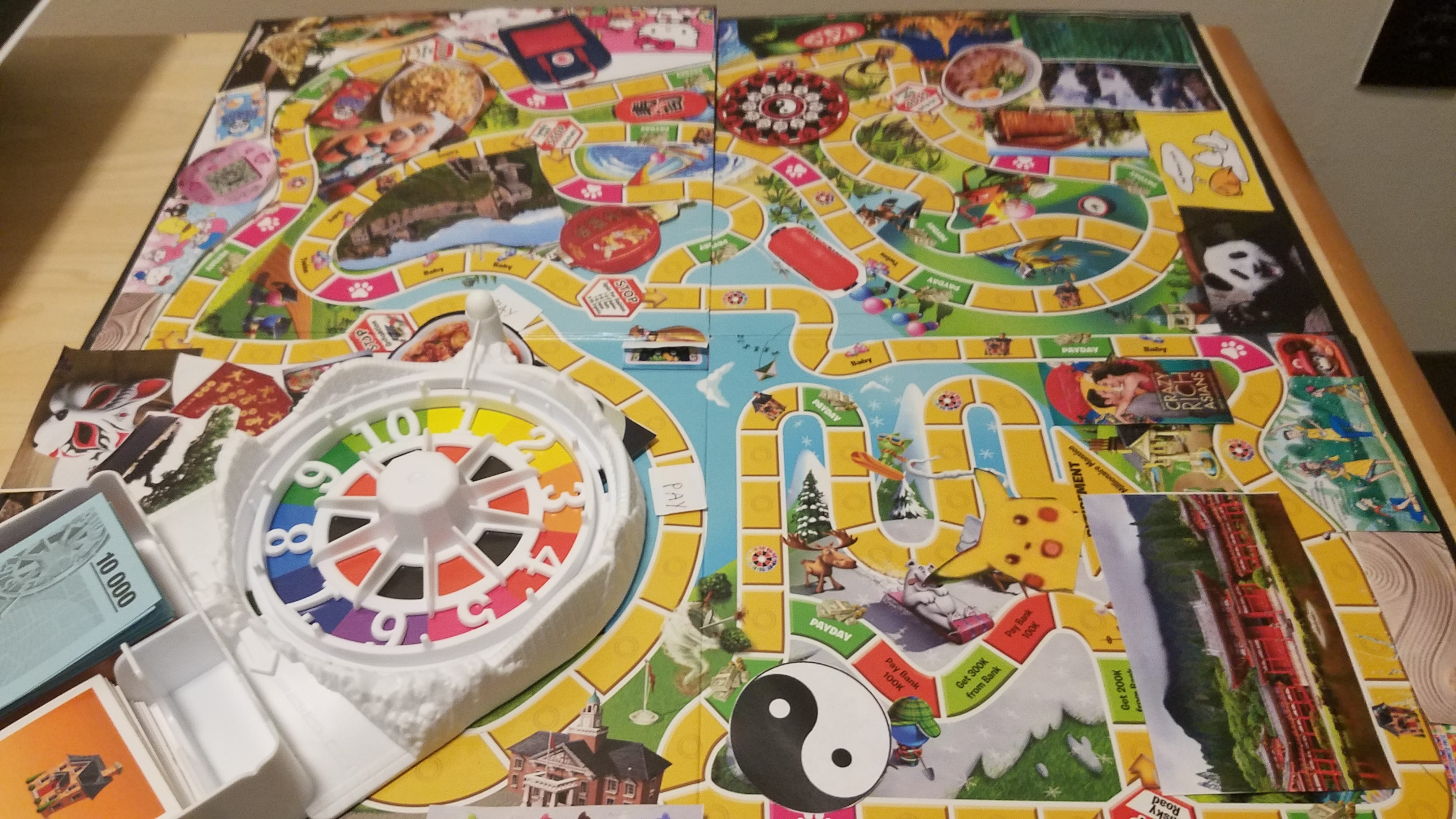
Some particular differences that LIFE:AAV include:
The only option is going down the college route. Choosing your college major may break parental approval, which then influences whether college will be paid for. Rent exists and housing prices are extraordinarily high. Players can also now date, however with the caveat that dating must be successfully maintained before marriage (the dating candidates I’ve provided are extremely stereotypical under the lens of Asian Americans, which further exemplifies the experience as a whole). Who you end up marrying depends on parental approval. Event cards will contain snippets of the Asian-American lifestyle.
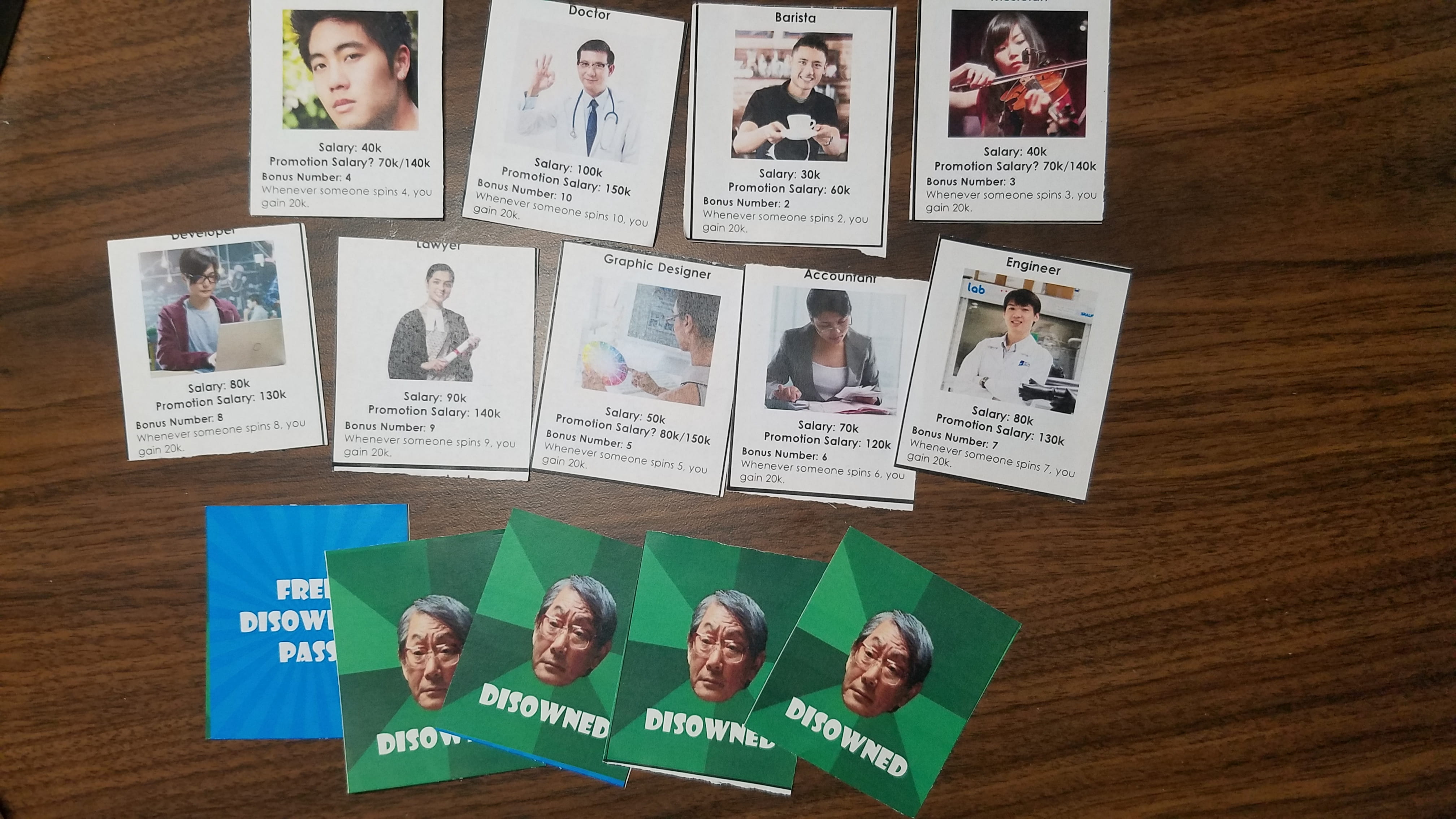

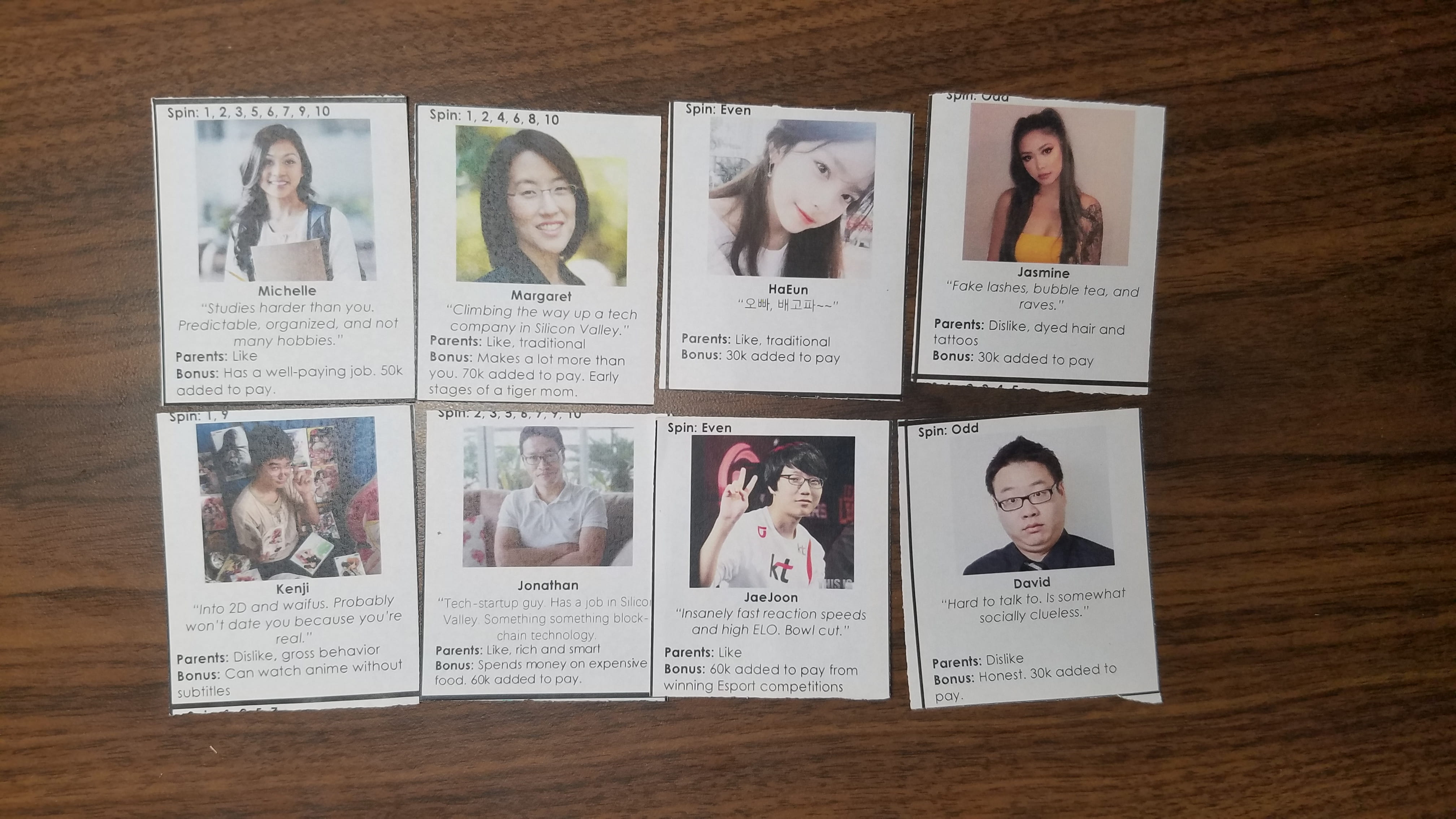
I tried to most accurately capture the differences that Asian-Americans experience, which would differ growing up as any other ethnicity. Through the process of modifying this version of LIFE, I’ve come to learn about the game “Oy Vey!” which is a board game based off of the life of a Jewish mother. The gameplay rules and mechanics also intend the highlight the stereotypes of Jewish culture and themes. It was interesting to learn that a personal project about my own ethnicity would introduce the process of finding other games with similar purposes.
Design Iterations and Testing
Initially, I knew my game was going to surround the theme of growing up Asian-American. I thought the idea of creating an original tabletop RPG was the right way to go, however, I realized that modifying the game of LIFE would serve its purpose better. I was already familiar with a lot of Asian-American themes and ideas, so the only barrier was to convert it onto the board game itself. For every “stop sign” in LIFE, I’ve included my own version of rules that would change the gameplay. I would also create a large number of event card and conflict cards with Asian traits. I’ve also modified the imagery of the board itself. After the play-tests, I ended up modifying some of the rules that were unclear and cleaned up any mistakes I made.
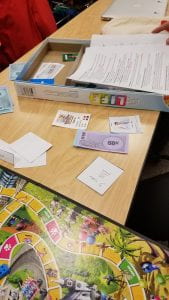
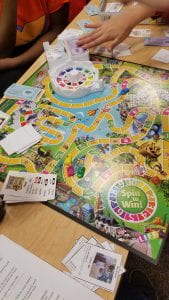
Reception of the game went well. While observing a playtest, I’ve noted complaints from non-Asian participants about having to “take care of their siblings” and being “disowned from the family”. The idea of cooperation amongst family without particular benefits was amusing to watch, as it is a common thing I’ve personally experienced growing up. The addition of themed gameplay cards also made the experience more immersive.

